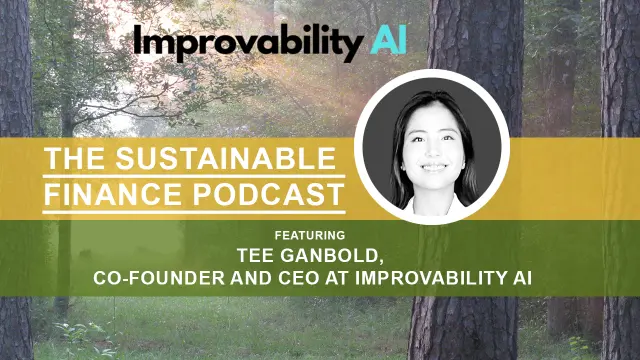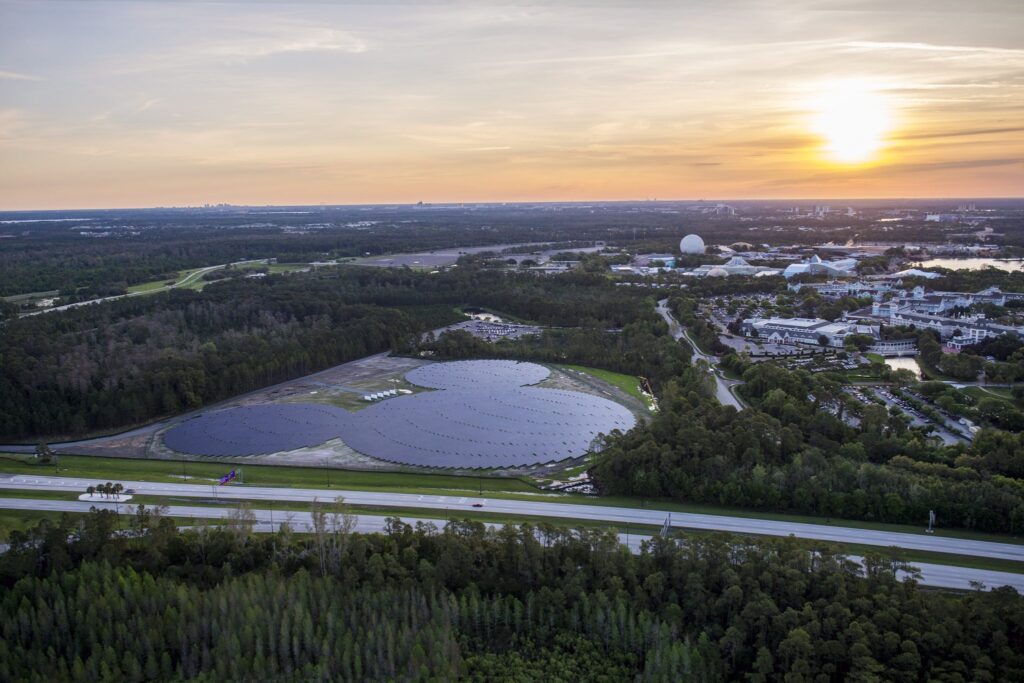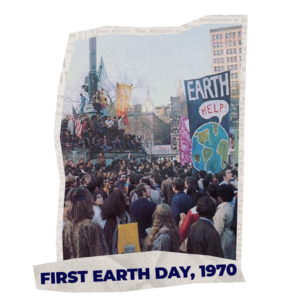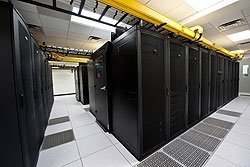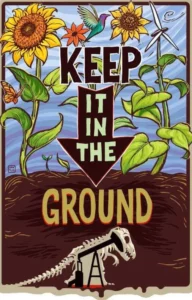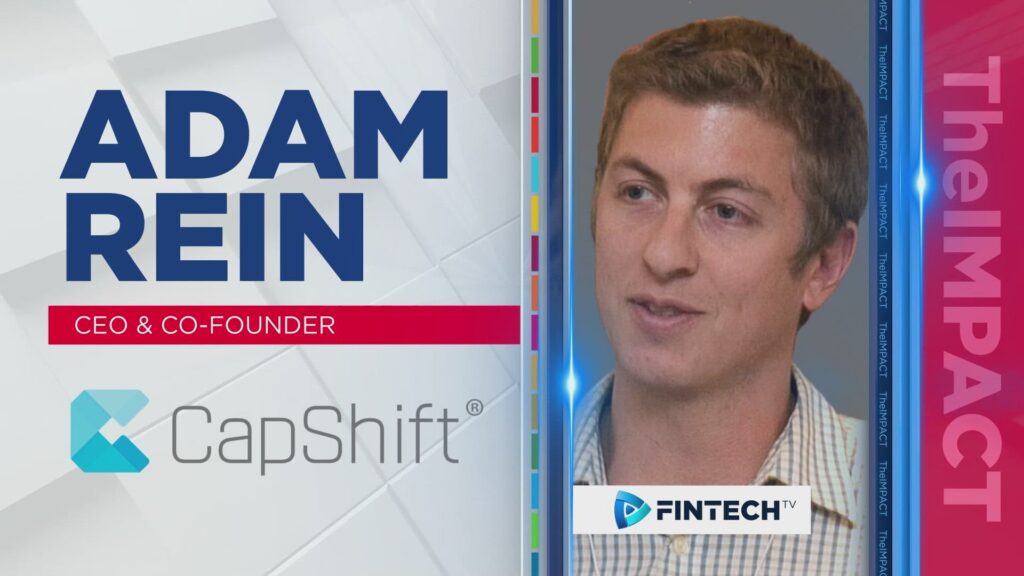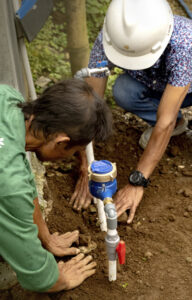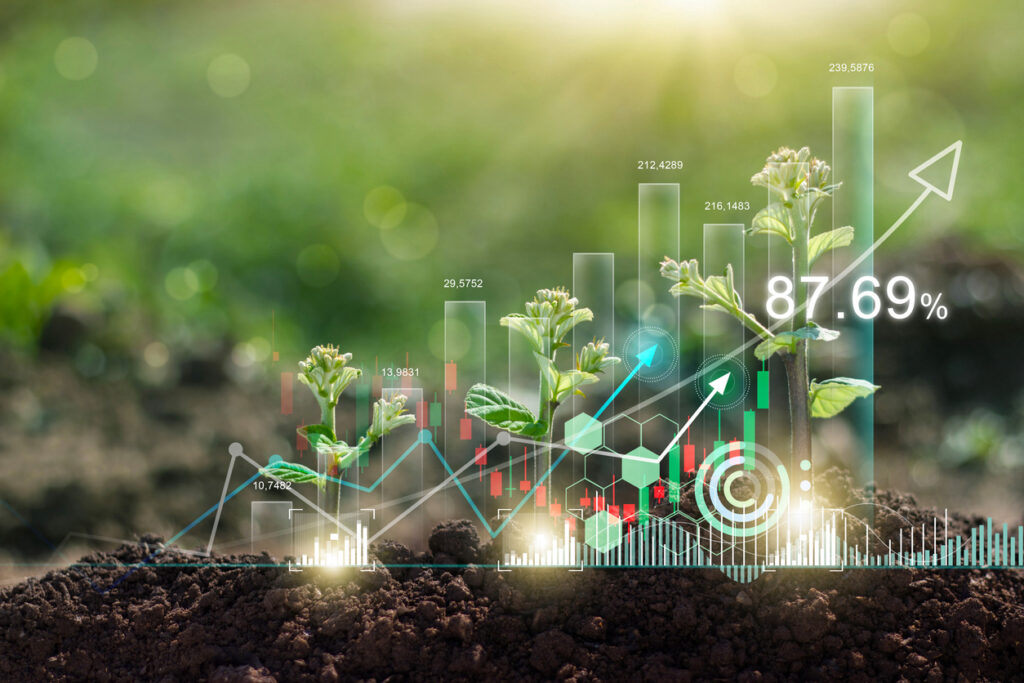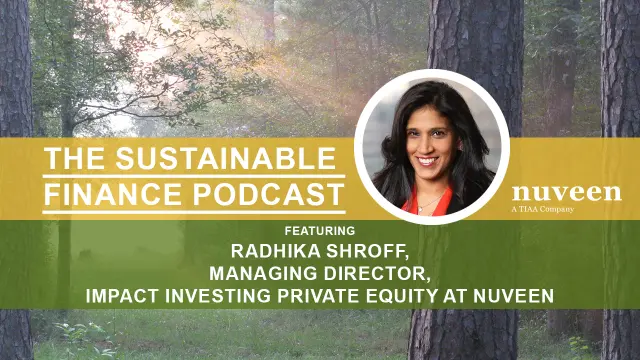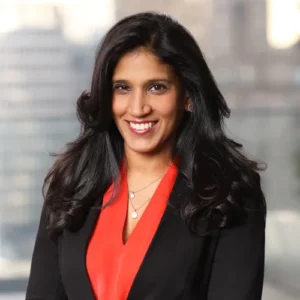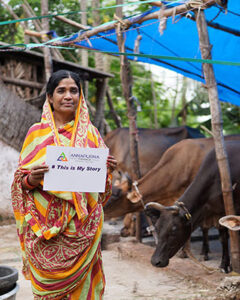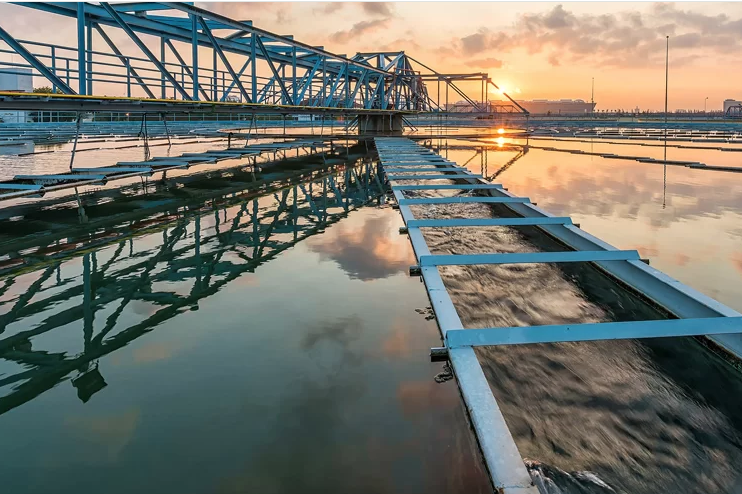The Sustainable Finance Podcast is a weekly program featuring conversations with sustainability thought leaders such as cleantech entrepreneurs, VC investors, CEOs, NGO executives, and creators of the ESG indices and analytics platforms.
Episode 253: Making sustainability profitable with AI
Tee Ganbold is co-founder and CEO at Improvability AI, the generative AI improvement engine for sustainability, which is making sustainability cost effective for everyone. In my interview I ask Tee to walk us through how businesses can enhance their sustainability focus and increase profits through intuitive AI agents and applications that automate tasks and workflows to lower costs in the business model and supply chains.
Paul Ellis: Hello Tee and welcome to the Sustainable Finance Podcast. You’ve been at a summit in London, right? Please tell us about it.
Tee Ganbold: Yes. And thank you for having me. Last week I attended the Sustainable Markets Initiative gathering for CEOs. It was the Spring Summit and we gathered about 200 leaders, from the CEO of Bank of America to CEOs of funds to CEOs of private institutions that are the corporates that private equity firms own. So it was a mix and there were a few select technology companies which I’m delighted to have been representing. This initiative was launched by His Majesty King Charles III in 2020 as the ‘go-to’ global private sector organization on sustainable transition. This Spring Summit continued this work.
PE: You met a lot of new people, I’m sure, and made a lot of connections for your firm. That’s a wonderful opportunity. I want to start by making a statement but also turn it into a question for you. It’s my experience that good business decision makers use some method of decision intelligence to determine their needs in any given situation. How can generative AI support and improve that process for sustainability?

TG: That’s such a great question, Paul, and I will allude to what I’ve been discussing with other CEOs in the last week. Let’s take the scenario of the Sustainable Markets Initiative. There are 200 CEOs operating billion-dollar businesses or investing in billion-dollar companies, and there is a level of understanding and consensus that sustainable markets need to happen. But to actually decide how is very challenging.
There’s a lot of debate. For example, in the real estate task force, there was debate over whether hydrogen or biofuel should be used. That debate requires the energy task force to tune in and provide perspective. This is a very human collaborative process, but the truth of the matter is we would have better decision making if we had this cross pollination of information from both task forces and the latest research being surfaced to decision makers using generative AI.
Imagine your experience of ChatGPT. You might ask ChatGPT for marketing help. You might write about marketing as a consumer, but in the business world or the finance world, it needs to be very accurate and it needs to come from sources that you can trust.
So, from a small community of researchers that you trust, you want that decision intelligence to surface and help you to make decisions. For example, in the real estate scenario you want the latest research on fuels so that you can go into a meeting and inform other stakeholders. At the moment, business leaders are going into meetings with incomplete information because we are making decisions on a few different data points. But we don’t have the latest research at hand from the energy sector, for example, because information is so disparate right now.
Knowledge is fragmented and the Internet is a bit like an ocean. We need generative AI that is based on collective intelligence from scientists, from researchers and the top leaders in industry who say this is verified, truthful information and let’s work off that. That’s when decision making is going to be much better for us all.
PE: I completely agree with you. And, of course, one of the big issues is that many leaders, as well as the people who are sourcing the data within their companies, are very hesitant to share that information across a broad swath of even their own sectors of the economy for competitive reasons. Was that part of the dialogue at the conference?
TG: That is an assumption, I believe, that is out there. But if you are working towards a collective goal, and everyone at the Sustainable Markets Initiative had a collective goal, they would like to invest in companies that are addressing sustainability, that are considering regulations and making sure it’s part of their business model, and are already making sure that they’re accounting for it. Within that collective, it is reasonable to suggest that they want to share the latest research.
If you’re not part of that collective, it is fair to say you don’t want to share information and that is totally fine. But this collective wants to progress, wants to invest in companies that are already accounting for such risk and that sort of collective will share information. We cannot expect everyone on the planet to do this. I don’t think that’s realistic.
It’s a little bit like OPEC. OPEC shares information based on OPEC’s interest. OPEC is very powerful because OPEC member states share information so that their interest in keeping oil prices high is served and any bit of intelligence that can serve OPEC’s interest will be shared.
In the Sustainable Markets Initiative’s case, any intelligence that can help further the goals of the Sustainable Markets Initiative can be shared and will be shared. And anything that is proprietary data is a different matter. For example, sharing customer data, sharing supplier data, if you think there’s something wrong with that supplier, you don’t want to share. But you might want intelligence on a supplier that is doing very positive things because it could save everyone in the collective time to do due diligence and do the repetitive work. And finally, competitive information should always be within the bounds of an organization.
But there is certain knowledge that a community needs, for example, to finance those who are lending to you, those who are insuring you, those who are making and creating regulations.
There is collective intelligence that needs to be shared and it is shared and that is the current reality. It is shared right now, but it needs to be shared better and it needs to be less fragmented. It needs to be clearer for everyone to utilize and that’s what generative AI is very, very useful for.
PE: Now I’m going to ask you to explain what a proactive AI agent does and how it supports decision intelligence.
TG: In the AI space, an AI agent is an emerging field. The reason is that in the past, AI has been used for predictive analytics on a few pieces of information about forecasting or better decision making with a few sets of data.
Where AI is going is that it is going to be much more proactive. I’ll give you an example. Meta META , formerly known as Facebook, has an AI agent connecting to their 1% responsible supplier goal. If you are at Meta and you’re the chief sustainability officer, you’ve created this goal for the different stakeholders, for your investors, for regulators, for your own teams. And it says we are going to have 1% responsible suppliers, so you’ve committed to that in your sustainability report.
What an AI agent does is connect your report that you’ve now communicated to the world to an internal database of procurement information and invoice information so that when teams are about to renew their contract three months in advance, they will be notified, and the AI agent would speak to them and say, you’re about to renew in three months. Have you considered these 10 suppliers for, let’s say, non-discretionary spending like pencils. We found 10 alternative suppliers you can interview. Can you have a look at these because in three months’ time you’re going to have to renew your contract with somebody because Meta needs pencils, because engineers like to draw, yeah, they do like to draw, they like pen and paper and pencils. These are responsible suppliers because they’ve recycled a particular source and here are 10.

So that’s what an AI agent is. It connects a very large, strategic goal set out in a report with a very specific set of data such as procurement information. Meta has probably got billions of suppliers around the world trying to sell to them. So again, a lot of data there and they’ve also got invoice data. They know when the contracts are up.
That’s what an AI agent does. It connects these dots, which really is the role of a sustainable procurement officer or someone in the procurement team having to make these decisions. But it could be much more intelligent. It really engages different teams who know nothing about sustainability, but they probably care because a lot of people in Silicon Valley care about where their pencils come from. So it does this amazing thing of allowing Meta to deliver on a wider goal, but also it allows the people within Meta to feel that the company is actually caring and being proactive.
PE: I think you’ve partially answered our next question, but I’ll start from the beginning of it anyway. When C-suite and board level leaders of a company take the initial step of deciding what sustainability data to measure, for example in this case, where do we get our pencils, the tracking is often done by data vendors that rarely produce industry competitive or AI sustainability outperformance. How does Improvability AI support the performance, the how and the why of measurement for sustainability data and for competitive outperformance results by the firm?
TG: So that question really leads me to what is happening in the market right now.
In the current market, for anyone watching out there, most large financial services or corporates have to make do with one large company that does supply chain due diligence. It is fantastic and has done a fantastic job for the last 10 years. It’s a French company that helps companies do supply chain due diligence and gives ratings. The issue with it and the business model is that it is so restrictive.
For example, you’re Meta and you ask all your suppliers to do supply chain due diligence. Currently, if your supplier employs under 25 people you have to pay $900. That’s a lot. And it, of course, scales and costs more with more people. So, what we’ve done to address that problem, to gather more information on responsible and sustainable suppliers, is to make it free—make this entire process free. And we’ve got very large companies saying we really want to make this free until verification.
Verification is very important. When companies give their data on what they’re actually doing, let’s say going back to pencils: I’m a pencil supplier and I am using X material. My people are treated well and we are following the rules. Verification of that data is when you provide evidence that you’re actually doing what you say you are.
So whether it’s certificates or evidence of a particular material or you’re paying your taxes, that is verification. But the initial part, it should be free for you to ask a company if they’re sustainable or not. It should be free until you want to double check. So that’s the problem right now.
Another problem we address is that a lot of companies have a lot of research and a lot of data within their own four walls. And a lot of the time it’s fantastic knowledge. There’s a presumption that we have to go on the internet for certain information.
But, if you’re a industry leader or if you’re a company, the types that we’re speaking with or the category we’re talking with is $100 million plus turnover. These are the companies that are being regulated in California or in Europe. These companies have done a lot of research on what is a sustainable supplier to them and what is not. All they need to do is to bring that data. And this is where generative AI is very helpful to resurface information within one’s own database.
Let’s say all your supplier data is in one place in a company. And I’ll give you a scenario, a university in America that is trying to attract the top Gen Z from around the world because that’s how they get their revenue and their ranking. They have signed a pledge to be part of the Coolfood initiative.

So C-O-O-L. It means providing their students with sustainable food. How do they do this and what is the process? They have to understand all their suppliers and what they’re doing. And they have to understand, let’s say tomato. We all like tomato in our sandwiches and our salads. So, they would need to understand all their suppliers of tomatoes and they would need to understand who is sustainable and who is not. That intelligence could be: at least they have an idea of who their suppliers are right now.
They could surface all that data of all their tomato suppliers, that’s number one. They need to do that. Number two, they might need to do due diligence on all their suppliers. So that’s when number one comes in, the sustainability due diligence process. But fundamentally, a lot of knowledge is already sitting within an organization’s database, and there are a lot of notes, there’s a lot of history already there.
People can already start automating report writing on the platform. That’s an area where we think companies really need help lowering their costs. You can go on the platform, you can start automating internal CEO memos, and we’re now going to start automating CSRD reports, which is a massive cost to organizations.
PE: Yes, the regulatory infrastructure starting in Europe because that’s where everything begins, it seems. So that’s a good example of a place to start. How can universities or companies get started on the path to making sustainability competitive and profitable with AI if they’re not already doing that?
TG: Our key goal is to help companies to become sustainable at an affordable and accessible cost, because if it is very costly, no one is going to become sustainable. And that’s how a company can focus on their profitability. Becoming sustainable should not be a huge cost center. What we’ve done is lower the access to entry to become a sustainable company. The pricing of the existing incumbents is ludicrous. I’ll compare it to Adobe. Before Canva came about, Adobe was so expensive you only had a few companies with nice design. I don’t know if you use Canva, Paul?
PE: I have, yes.
TG: Remember when it was only Adobe? It was like $7,500, so only a few companies could afford a designer who even knew how to use Adobe to design marketing materials. So only a few companies looked presentable. Everyone else had terrible marketing. This is where Canva came about, so that businesses could have good design. Canva has democratised access to good design.
What we’re doing is seeing the incumbents as Adobe. They are making it so expensive to become sustainable that the price needs to go down. So we are making it affordable and accessible for businesses to become sustainable.
It should be normal to be a sustainable business. It should be and it will with our mission: that businesses can focus on profit because that’s why they are there, to generate returns for the different stakeholders, whether it is their investors, their customers, their employees. We want them to go back to doing what they’re very good at by lowering the cost to becoming sustainable.
PE: That’s a fantastic mission! And we want to know where people can go to learn more about Improvability, AI and how they can get in touch with you.
TG: Thank you so much, Paul. Anyone can go to our website to learn more. They can also go to start querying information on public companies. Of course, you can only ask questions about public companies. But if they want to test it on their own companies, then they can access it.
I love for companies to get in touch about their pains, what they’re struggling with, how we can help them with lower cost, more accessible tools for them to become sustainable. Most organizations do want to get better because their customers are asking for it. If you need help, please get in touch. Our team will be delighted to help and really be the painkiller in this.
Read more: The Sustainable Finance Podcast: Engaging the C-suite in ESG
